

HOW NOT TO RETIRE
The population of New Zealanders reaching retirement age will double in the next 25 years as hundreds of thousands of baby boomers officially cross the line. But increasing numbers are choosing not to leave their posts
By venetia sherson
In the opening scene of the poignantly funny film, About Schmidt, a 66-year-old Nebraskan insurance executive, played by Jack Nicholson, sits in an empty office surrounded by packed boxes. As the clock ticks past 5pm, he picks up his coat and turns out the lights as he leaves. Later, he attends a retirement dinner thrown by his employers, a painful affair, in which the new boss acknowledges his long service. Days later, when he returns to the office to see if any help is needed in deciphering his accounts, he finds all his files in a wheelie bin.
Hamilton film critic Sam Edwards reviewed the film in 2003 and gave it five stars. He liked the way it captured what it was like to grow old and suffer loss. Two years before he had retired himself as associate professor of film studies at the University of Waikato, an event planned in an orderly fashion to coincide with his 65th birthday and structural changes in his department. He says it was a good time to go and believed he was well-prepared for his retirement. But, 15 years later, approaching his 80th birthday, he wrote a newspaper column raging against “snotty-nosed ad men or highly trained social scientists infected by Management School philosophies”, who painted a utopian picture of retirement.
“Baloney and bananas!” he wrote. “Now I am retired, a disorganised wreck of a man whose life has no structure… Oh for the scheduled days of yore… the conversations that never have a medical reference… the companionship of people who have a sense of direction… Oh, for a job.”
Over coffee at his regular cafe in Hamilton, Edwards is sheepish, declaring his rant was a compilation of the thoughts of many people, rather than a lonely cry for help. Nevertheless, for a long time, he says, he missed his working life.
“I am the ultimate headless chook, so teaching was the perfect career for me. Life was run by bells. I knew when to start and when to stop. Plus I could combine my interest in people with enough money to keep me alive. Teaching provided structure in my life.”
Retirement, he says, has meant building a new structure for which there is no manual. “When [retirement] comes, it is like some great amorphous thundercloud on a grey, overcast evening, not like a bright new dawn. There is no view into the next day.”
Edwards is particularly scornful of the images painted of retirement by advertisers of “a genteel existence of tea and conversation at retirement villages where fat and happy people with coiffed hair play bowls and where lawns are mown by someone else.” The reality can be different. “I sleep for eight hours; I’m awake for 16. I still have to find things to fill up my day. I love trout fishing, but I don’t want to go trout fishing every day. I love cooking, but so does my wife. How do you fill those hours with not just fun but satisfaction?”
While he has now learned to appreciate the benefits of an unstructured life where no one tells him what to do, he still thinks retirement is a challenge. “We’re told that work is a means to an end but we don’t know what the end is. No one tells you. Work is like God or insurance. It’s there to keep us going. In retirement, we’re on our own.”
Edwards is not alone in re-assessing whether retirement at 65 is all it’s cracked up to be. Statistics New Zealand figures show 22.2% (600,000) of those eligible for superannuation still work, compared to 9% 30 years ago. One in five expects to work beyond 72 and one in 10 beyond 76. New Zealand now has the third highest rate of working people aged 65-69 in OECD countries – higher than Australia, Ireland, Sweden and the UK. Statistics New Zealand refers to the trend as the “silver wave of older workers”. Some would say it’s a tsunami.
Retirement Commissioner Diane Maxwell, who has not long turned 50 and has no plans to retire in her 60s, is very happy with the trend. “Far more people are telling us they’re enjoying work than are saying it’s terrible. For the country, it means more money coming in, more taxes paid and more consumer spending. For individuals, it means greater connectedness, more independence and physical and mental health benefits.”
She has recommended that the age of eligibility (“we don’t call it age of retirement because people aren’t retiring”) be raised to 67 by 2034. But, she says there are challenges. One is to look after those who can no longer do physically demanding work as they age, by investing in retraining. The other is to change employers’ attitudes towards older employees.
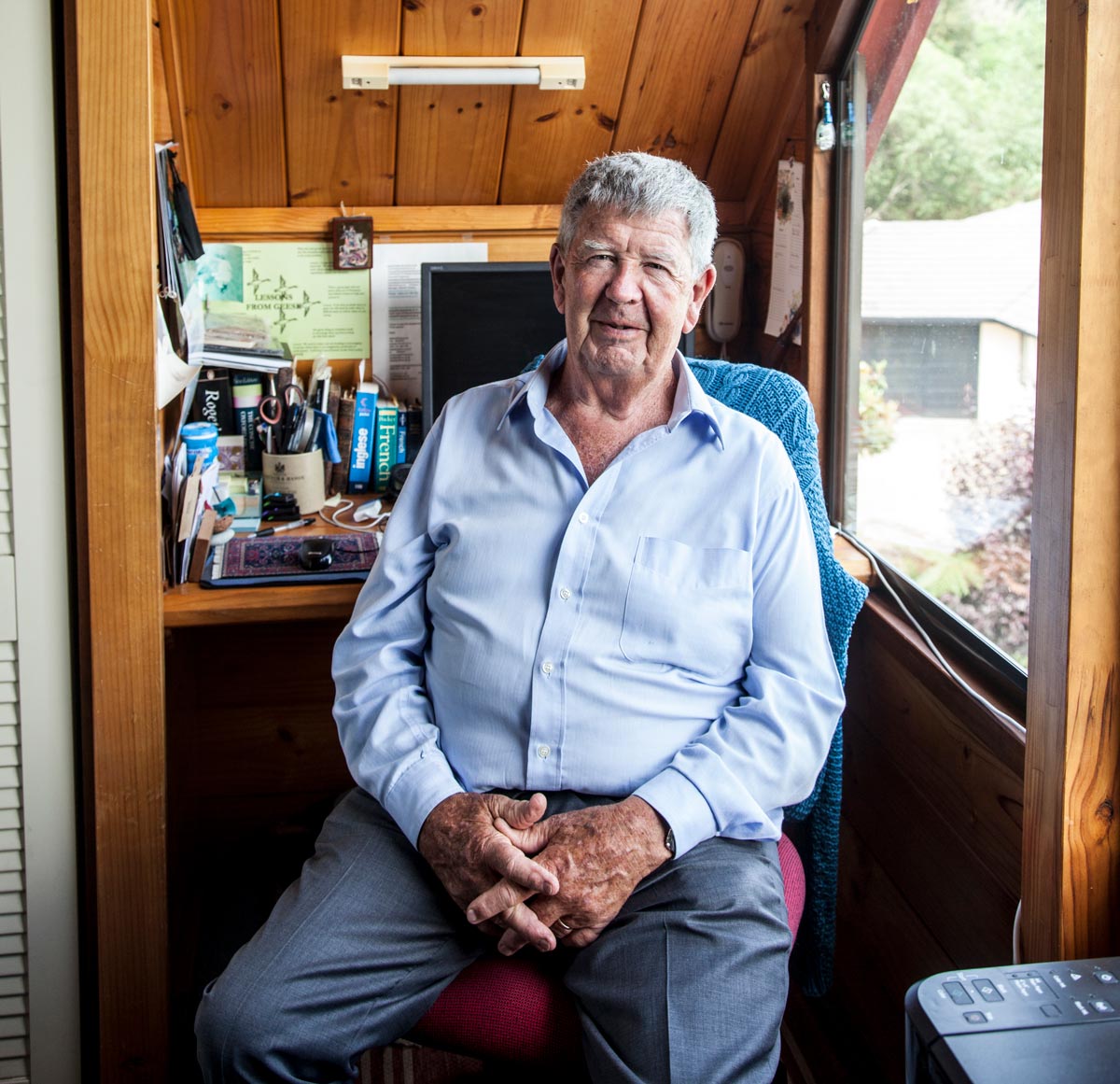
Sam Edwards, a former associate professor of film studies at the University of Waikato, says retirement for him has meant “building a new structure for which there is no manual”. Photo: Ken Downie
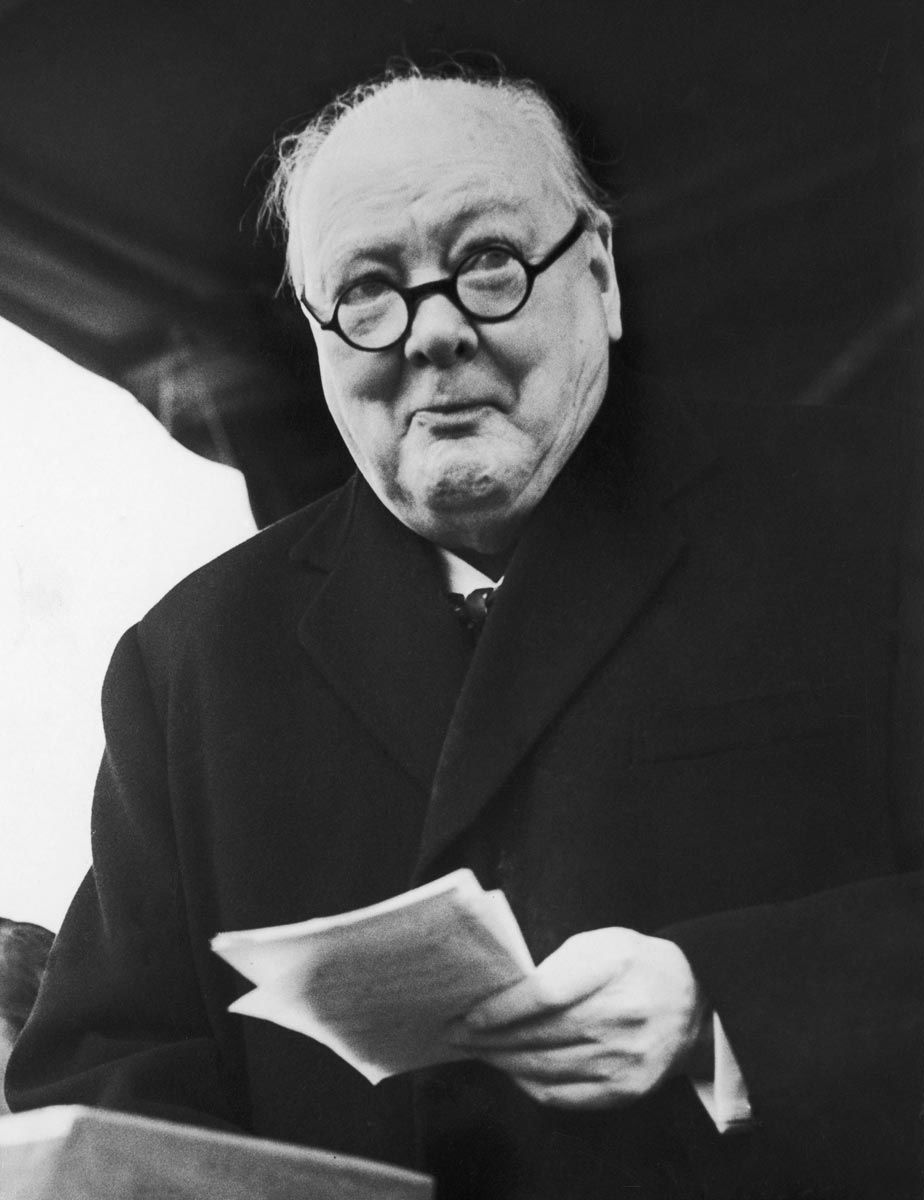
Legendary British leader Winston Churchill was 65 when World War II broke out. In 1955, when this photograph was taken on the campaign trail, he was 80. He wouldn’t retire from politics for another nine years. Photo: Ken Downie
There are many reasons people are working longer. Money is one. By 2001, the age for superannuation had risen from 60 to 65, so people who didn’t have savings were forced to work longer. The GFC in 2007-2008 obliterated some people’s retirement savings, forcing them back into employment.
Others simply want to prolong earning to fund a comfortable lifestyle. Since 1999, employers have not been able to force people out of their jobs based solely on age. But, most significantly, a growing number of those entitled to a Super Gold Card are looking retirement squarely in the eye and saying, in the teenage vernacular, “Later”. While their parents may have been happy to receive a gold watch at 60 and head for the golf course, knowing they had limited years left to enjoy retirement, baby boomers (those born between 1946 and 1964) know they can expect two, or even three, more decades of active living.
If 50 is the new 30, by 65 they reckon they are just hitting their professional stride. They are also rejecting terms like “pensioner”, “superannuitant” and “senior citizen”, which they believe paint them as “over the hill” and diminish their perceived value. In a letter to Waikato Times last year, a correspondent wrote, “I noticed you referred to a 70-year-old cyclist as ‘elderly’. ‘Elderly’ conveys frail and decrepit, which clearly – as a cyclist – he is not. Why do you use such pejorative terms?”
Diane Maxwell says being 60, 70 or 80 in the 21st century is no longer a predictor of physical or mental abilities. “It certainly does not signify that someone has failing health and will soon be unfit to work, or unable to learn new skills.”
While there are clear economic benefits to working longer, there is also evidence there are health benefits. Studies suggest delaying retirement can prevent illness and even prolong one’s life. The Longevity Project, launched by US psychologist Lewis Terman and continued after his death in 1956 by other Stanford researchers, followed participants over eight decades and found continually productive men and women lived much longer than their retired contemporaries. A study by the Institute of Psychiatry at Kings College, London, found the intellectual stimulation older people gain from the workplace may prevent a decline in mental abilities, keeping people above the threshold for dementia longer.
Other studies have shown people who continue to work – even part-time – are less likely to be diagnosed with high blood pressure, diabetes, cancer, stroke, depression and arthritis. Ken Tremaine, a 71-year-old urban planner, who still works between 40 and 60 hours a week, says one of the things that scares him witless about retirement is a trend of “under-occupied retired people with a lot of time for enjoying ill-health.”
Like other demographic trends, there are differences between men and women. While older people of both sexes are extending their working lives, men are doing so in far greater numbers. In the past 30 years, the number of men aged 65-plus has more than doubled. One in four is now employed in fulltime work, almost twice the rate of women. That could be, because they feel there is no reason to quit. Or it may be that they simply don’t know what they will do in retirement. While hobbies are enjoyable as a past-time, they may not appeal as a fulltime activity.
Men also may not have developed social networks outside work, like women do during their child-rearing years. Moving into the home space can be challenging. Sam Edwards says one of his friends, who has turned 65, would like to stop work: “But he says the house is his wife’s domain.”
For men, especially, work can also be tied to self-esteem. It provides status, professional networks and social interaction. In his book, Retirement: Life’s Mt Everest: Man’s Journey through Life’s Psychological Hell, US psychologist Peter Rimbach says for men, work is the “primary psychological scaffolding” of their lives. “Men are the procurers and providers. Their self-esteem is dependent on their activity and productivity. They are often psychologically unprepared for the quantum shift [to retirement], the feelings of worthlessness, loneliness and frustration that come with not being in paid employment.”
In Japan, where the official retirement age is still 60, it is estimated nine out of 10 men struggle with retirement – and wives bear the brunt of their dissatisfaction in the home. The condition is referred to as “Retired Husband Syndrome”.
While older people of both sexes are extending their working lives, men are doing so in far greater numbers.
The phenomenon of people working during the “third age” as the French delightfully describe it, is not new, of course. World leaders happily remain in office past their three score years and 10. Winston Churchill was already 65 when WWII broke out, US President Ronald Reagan was a few days shy of 70 when he entered the White House.
At 76, Walter Nash was New Zealand’s oldest incoming Prime Minister. Winston Peters has just signed on for another term in Government, aged 72. Many captains of industry work into their 70s and even 80s. US stockbroker Alfred Feld was still working at Goldman Sachs when he died four years ago, aged 98.
But it is the sheer volume of older employees that is exercising the brains of statisticians, economists and employers. While it is generally agreed it is a good thing to work longer, there are challenges ahead. One is that employers appear not to be prepared – or enthusiastically embracing – the stampede. A report by the NZ Work Research Institute and Equal Opportunities Trust found most organisations have neither a policy nor programmes and initiatives to address the issue of greater numbers of older people staying in the workplace. More concerning, it also found “a silent tipping point” when older workers – aged between 50 and 60 – were viewed as “less attractive” to an organisation.
It found commonly held stereotypes about older workers related to health and safety, physical and cognitive behaviours, resilience, job performance and productivity, training, promotion and technology. That suggests that while superannuitants may be keen to continue work, employers may be less happy to employ them. It is more of a problem if a worker is made redundant in their 50s or 60s and then tries to find another job.
Diane Maxwell says there is evidence of discrimination in the workplace. “We have found recruitment consultants are reluctant to send out CVs of people in their 50s. Last year, the Commission for Financial Capability, which she heads, surveyed 500 workplaces. More than 80% had no strategy for older workers.
“Our sense is that this is changing because of the need to tap into this resource, and because attitudes towards ageing are changing. Some workplaces will be ahead of the game. Others will wait until they have a shortage of workers and it smacks them in the face.” She says employers need to talk to employees in their 50s about their respective needs for the next 20 years. The key, she says, is for employers and employees to have “simple templated HR conversations” around future planning. “And young managers need to be trained to manage older workers.”
Dame Peggy Koopman-Boyden, who spent her 45-year academic career focusing on older people and co-authored a report into active ageing for the Ministry of Business, Innovation and Employment, says an ageing workforce presents complex issues for communities and workplaces. As former chair of the Hamilton City Council’s advisory group on older people, she had to remind councillors about their planning responsibilities.
“I said to [the council], ‘What are we going to do with the mobility scooters? If I’m 85 and still at work, where will I park my scooter?” While she stepped down from her position at Waikato University at the end of 2015, Dame Peggy still works three days a week and has no plans to retire. She won’t reveal her age but admits her former boss – the current vice-chancellor of Waikato University, aged 60 – is a former student. She briefly considered retirement four years ago. “But then we got some further research money and so it went on. Work is my life, so why should I move out?”
She says older people also have responsibilities if they remain in the workforce, however. “As older people we must manage our work roles by keeping up our training and expertise and, if we’re not with it, move out.”
THE UNRETIRED
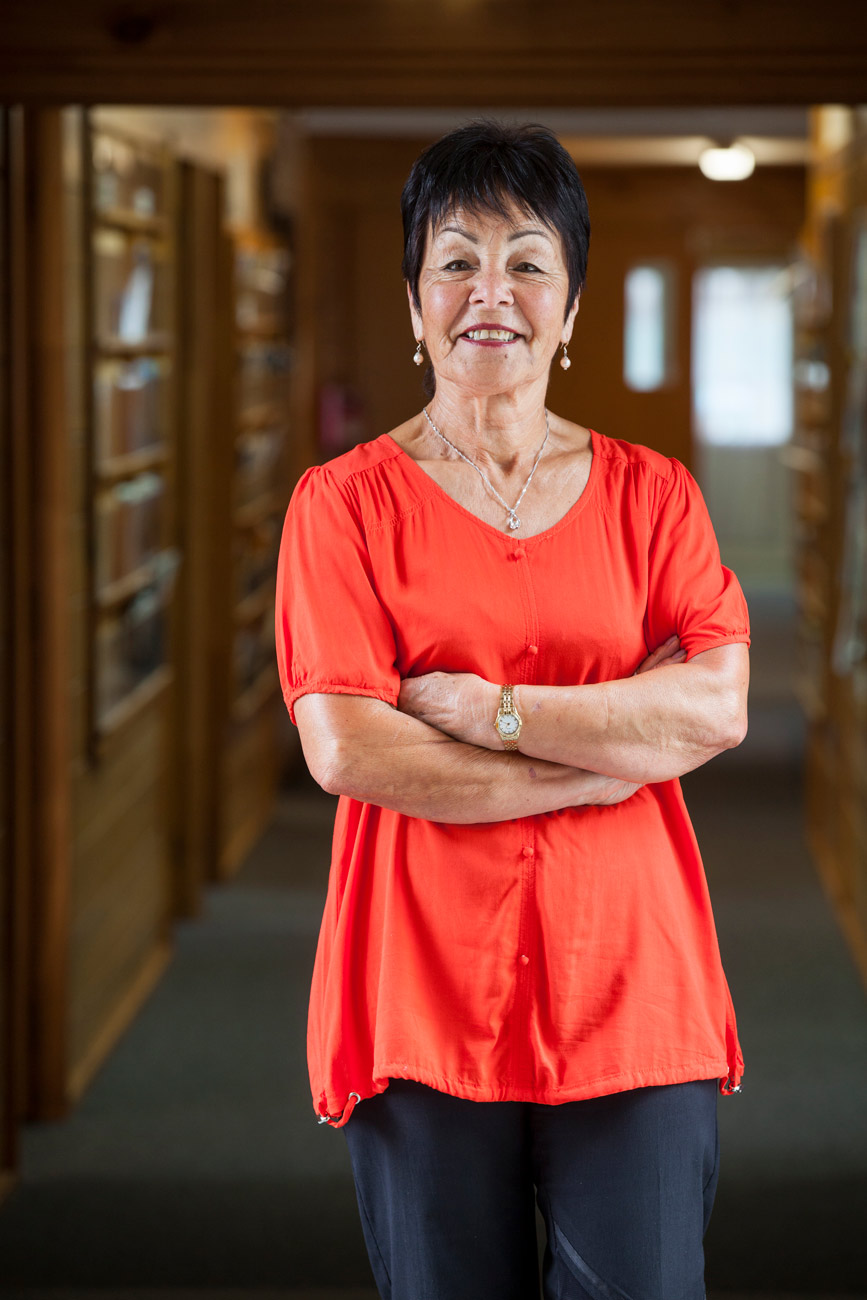
Barbara Tane, 70, works for Life Unlimited in Hamilton, a charitable trust offering support for the disabled. Photo: Ken Downie
Barbara Taane, 70
Barbara Taane’s father worked until he was 82; there is every chance she will do the same. “I can’t see myself stopping soon.” An older brother and sister in their mid-70s still work fulltime; another has just retired.
Taane says her father instilled a strong work ethic in his eight children. He had an agricultural contracting business for many years, and later managed sheep farms. “He used to say, ‘Don’t expect something for nothing… you’ve got to earn your bread and butter’. I have always carried that with me.”
Taane, 70, works for Life Unlimited in Hamilton, a charitable trust offering support for the disabled. She commutes 30km to work each day from Te Awamutu. Sometimes she also visits clients in the evening, providing advice, support and information about services available. She is also a Maori assessor for the disabled aged under 65.
Her work has always involved caring for others. She was an occupational therapist for 26 years at Tokanui Hospital before it closed, and then worked for the Richmond Fellowship, a mental health organisation, before joining Life Unlimited 17 years ago.
A widow, with two adult children and three grandchildren, she says she is sometimes asked why she doesn’t retire. “When your family needs home [[sense?]], you need to have a purpose. My job gives me something to get up for every day.” She gets tired sometimes – “more mentally than physically. But I have never had a time when I’ve thought, ‘I don’t want to go to work each day’.”
Her father died 19 years ago. “Even in his last years, he still refused to let us chop his firewood. He’d say, ‘That’s my job’.”
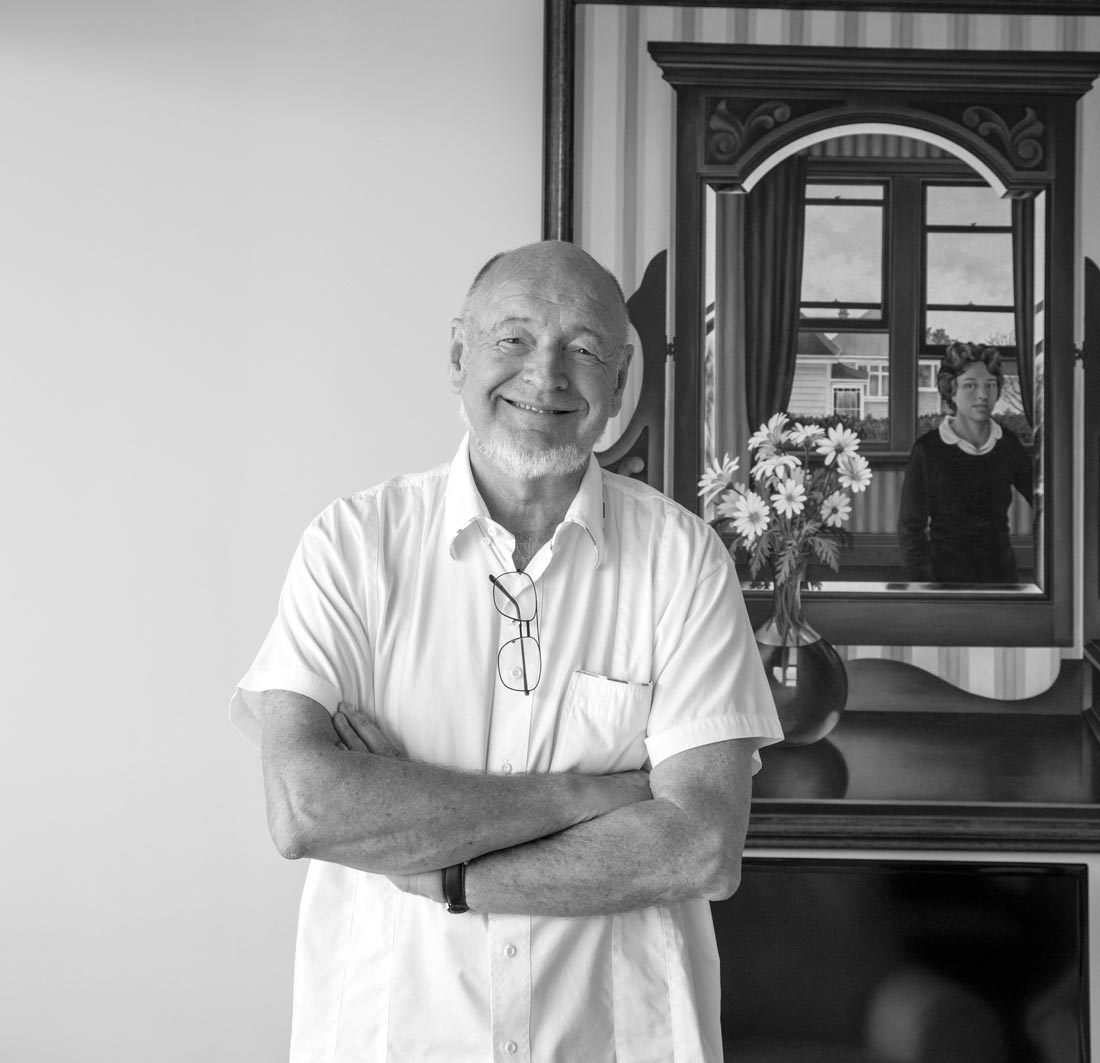
Ken Tremaine, 71, is an urban planner. Photo: Ken Downie
Ken Tremaine, 71
As an urban planner, Ken Tremaine constantly contemplates the future. How and where new urban growth will occur, what is needed, the impact of development on communities, and the environment, plus the benefits and costs.
Sometimes, these days, he also contemplates his own future. “I suppose I do carry an extensive work load for an old codger. I wonder how long I should continue. But I love work. I love the problem solving, the intellectual curiosity, working with other people who share my passion. When I think about retiring, I think, I still have skills to contribute.”
Tremaine is a consultant with Future Proof, a partnership between Waikato and Bay of Plenty councils, NZTA and tangatawhenua to consider how the region, which has a population of half a million, should develop into the future. His workday starts between 6.30am and 7.30 when he leaves his Auckland apartment overlooking Bledisloe Wharf and drives to Hamilton or Tauranga for meetings with the partner organisations.
As well, there are presentations, conference calls, talks with politicians and – in the evening – reports to read. “This isn’t the sort of job you work part-time. There are changes to the political environment, the legal environment, in community’s expectations. With a job like this, you have to be up with – or one step ahead – of the clients.”
Tremaine grew up “on the fat of the land” in Mandeville, near Gore, studied urban geography and politics at Otago University, then completed a masters in town planning at the University of Auckland (the first to do so in New Zealand), before working as a town planner at Mt Albert Borough Council. At 29, he was appointed city planner at Palmerston North City Council, when Sir Brian Elwood – later appointed Chief Ombudsman – was mayor. “Chief ombudsmen often worked into their 70s. They were our role models.” He later worked in Asia, entering the commercial world and, in 2000, set up his own consultancy commuting fortnightly between Hong Kong and Auckland (“same seat in business class; same hotel room”).
Last year, after a visit to Africa, he felt unwell. “I was diagnosed as a type 2 diabetic. Never had a day’s illness in 65 years. It gave me one hell of a fright.” But he tackled his illness with the same energy he brought to his work, dropping 18kg. In a few weeks he was symptom-free. “It did give me pause for thought. But I’ve got all my energy back. I’m enjoying my work. I notice a trend – and it scares me witless – of under-occupied retired people with a lot of time for enjoying ill-health and a lot of money to spend on medical diagnosis. While I don’t want to be profligate with my health, I don’t want to be dictated to by it either.”
He says he measures himself on his ability to contribute. “I don’t see myself operating by age. It’s a bit like a kaumatua on a marae. If your knowledge is good, your colleagues respect you, irrespective of age. That’s my very strong belief.”
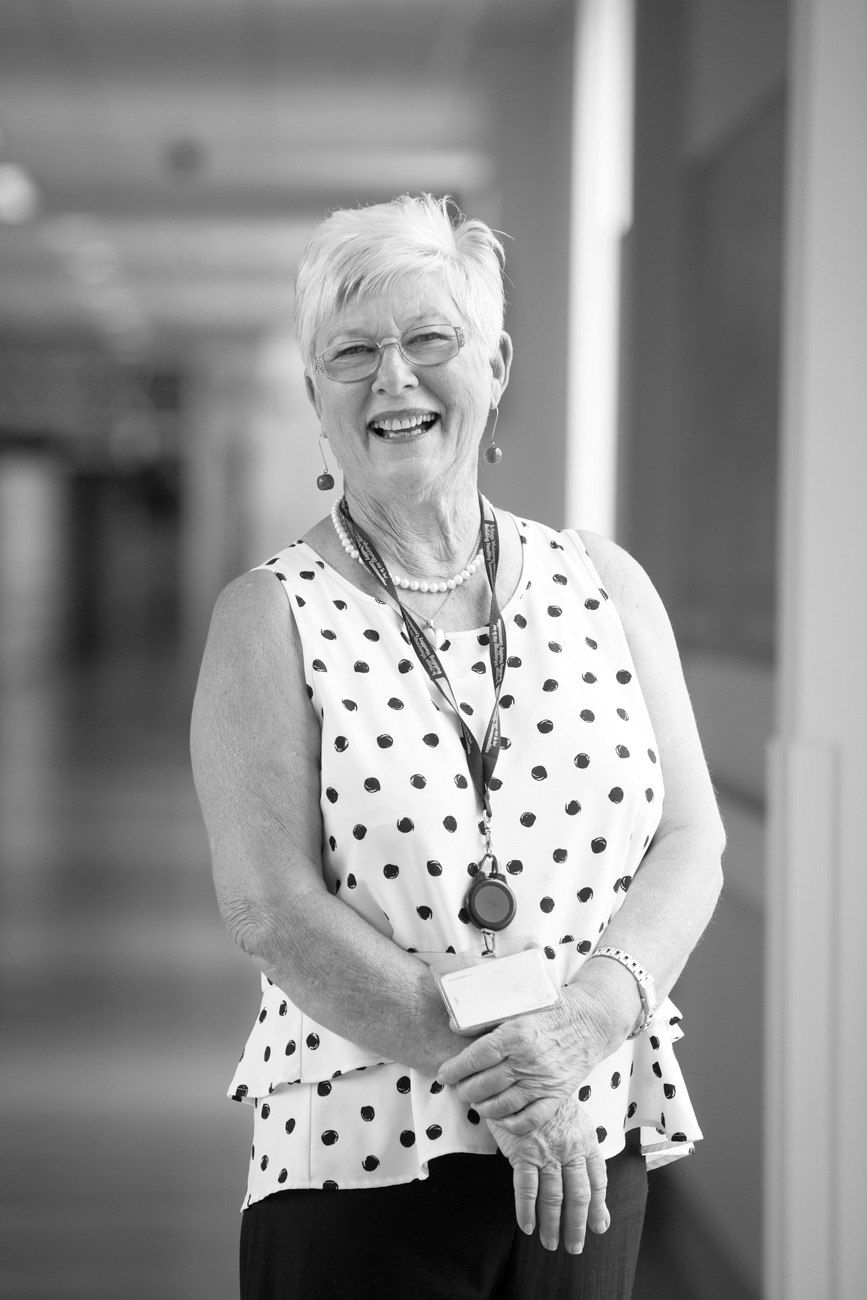
Health worker Denise Irvine, 72. Photo: Ken Downie.
Denise Irvine, 72
Hamilton health worker Denise Irvine is a former nurse, who now works in tele-health at Waikato DHB, helping health use emerging technology to deliver health care. It’s a field she describes as stimulating and challenging. “Very occasionally I wonder about my age and whether I should be thinking about next stages. But I get a lot of satisfaction and excitement provided by my work – and I have a lot to offer in my area – so I just carry on.”
Irvine trained as a nurse in the early 1960s and went into public health. After the birth of her two sons, she returned to work part-time before moving to Waikato Polytechnic (now Wintec) where she was a lecturer in the nursing programme and later manager of the post-graduate nursing programme.
In 2006, she resigned and set up a business called E3Health and the following year, was appointed nurse co-ordinator at Waikato DHB, managing post-graduate education. She took up her current role in tele-health two years ago when her position was restructured.
Outside work, she is a serious tramper and has walked the Milford and Routeburn tracks with three of her grandchildren – the last in January. She says while she loves her activities outside work – including travel – she is not ready to pursue them fulltime. “For me, the lack of stimulation and excitement in my work would be too high a price to pay.” She says she often gets asked when she will retire. “I sometimes feel people think I’m missing out.”
She believes it is essential to upskill and keep up with the rapid changes in her field. She is a member of several boards and advisory bodies assessing the best ways to share health information. “If I ever felt I wasn’t offering to a high standard [of work] that would make me reconsider.”
Older Worker Myth Busters
“Grumpy, set in their ways, technologically incompetent,” are some of the comments used to describe older workers. Not so, says the Labour Department, which has set out to dispel the myths…
• Myth 1: Older workers can’t or won’t learn new skills.
• Reality: While older workers sometimes take longer to absorb completely new material, their better study habits and accumulated experience actually lower training costs. Training that is tailored to people’s learning styles can be particularly beneficial.
• Myth 2: Older workers are not flexible or adaptable.
• Reality: Older workers are just as adaptable but they are more likely to ask why changes are being brought in.
• Myth 3: Older workers have more accidents.
• Reality: This is not supported by the evidence. Older workers work smarter, take fewer risks and have lower accident rates than many other groups.
• Myth 4: Older workers are less productive.
• Reality: Productivity is not a function of age. In fact, mature workers produce high quality work which can result in significant cost savings for employers. Stories abound of highly committed older workers preventing costly mistakes.
• Myth 5: Older workers take more sick days than younger workers.
• Reality: Attendance records are actually better for older workers. Any significant increase in hospital stays or sick leave is not likely to show up until people are aged over 80.
• Myth 6: Older workers are more expensive.
• Reality: Older workers tend to stay in a job longer than younger workers. Subsequently, less needs to be spent on their recruitment, hiring and training in generic skills.
• Myth 7: Older workers lack strength and stamina.
• Reality: This is a stereotype. Many older workers have excellent strength and stamina – sometimes better than younger workers. Often, declining strength can be compensated for by exercise. Appropriate use of equipment can also minimise physical limitations – and not just for older workers.
Venetia Sherson is a North & South contributing writer.
This story appeared in the March 2018 issue of North & South.

